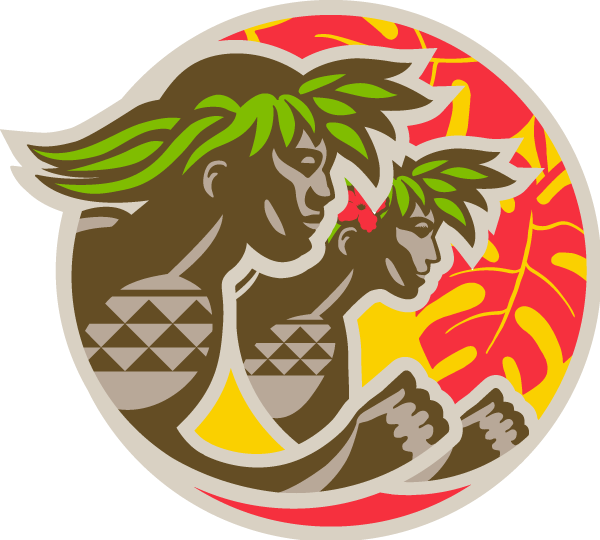King Kamehameha III
The start of the King’s Runner 10k is by the King Kamehameha III statue in Thomas Square.
The race starts at 6:45am on Sunday March 5 and at 6:15am there will be a traditional blessing by the statue.
King Kamehameha III, also known as Kauikeaouli, was a pivotal figure in the history of Hawaii. Born in 1813, he ascended to the throne in 1825 at the age of 10, following the death of his brother, King Kamehameha II. During his reign, he oversaw the establishment of a constitutional government, the preservation of Hawaiian culture and traditions, and the transformation of Hawaii from a feudal society to a modern state.
One of the most enduring symbols of King Kamehameha III’s legacy is the statue that was erected in his honor in 1878 in Thomas Square in Honolulu, Hawaii. The statue was commissioned by the Hawaiian government and was created by the renowned American sculptor, Thomas R. Gould. It is made of bronze and stands at 8 feet tall on a granite pedestal.
The statue depicts King Kamehameha III standing in his royal regalia, with his right arm extended and holding a feathered cloak known as an ahu’ula. The ahu’ula was a symbol of the king’s power and authority, and it was often worn during important ceremonies and events.
The statue was originally installed in the center of Thomas Square, which was at the time a popular gathering place for Honolulu residents. Over the years, the park has undergone many changes, including the addition of a bandstand and a statue of composer Johann Sebastian Bach. Today, Thomas Square is a designated historic district and a popular destination for tourists and locals alike.
The statue of King Kamehameha III has become an important cultural landmark in Hawaii, symbolizing the state’s rich history and unique identity. It serves as a reminder of the legacy of the king and his contributions to the development of Hawaii as a modern state.
However, the statue has not been without controversy. In recent years, there have been calls to remove the statue due to King Kamehameha III’s role in the overthrow of the Hawaiian monarchy in 1893. Supporters of the statue argue that it should remain as a symbol of Hawaiian culture and history, while critics argue that it glorifies a figure who was complicit in the colonization of Hawaii by the United States.
Despite these debates, the statue of King Kamehameha III remains a significant symbol of Hawaii’s past and present. It serves as a reminder of the complex history of the state and the ongoing struggle for indigenous rights and sovereignty. As Hawaii continues to navigate its future, the statue of King Kamehameha III will undoubtedly remain a source of inspiration and controversy for generations to come.



